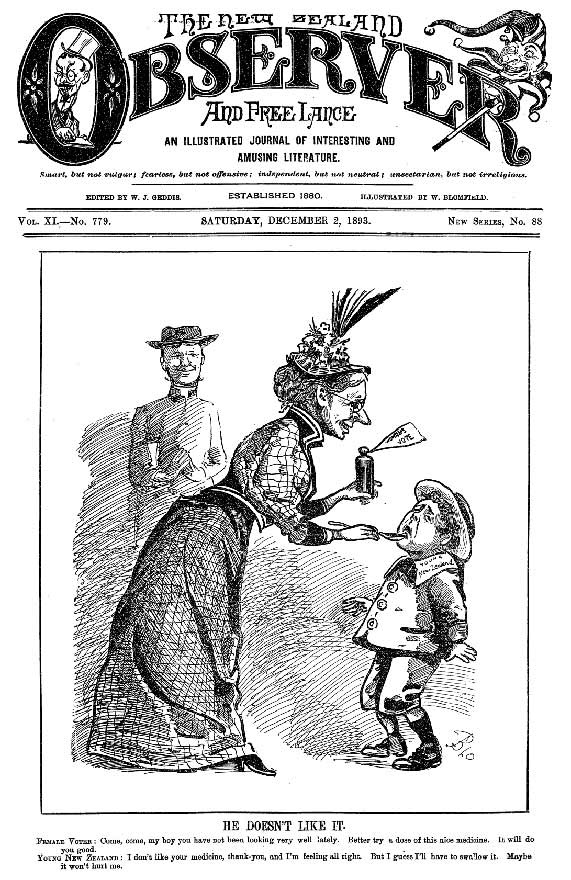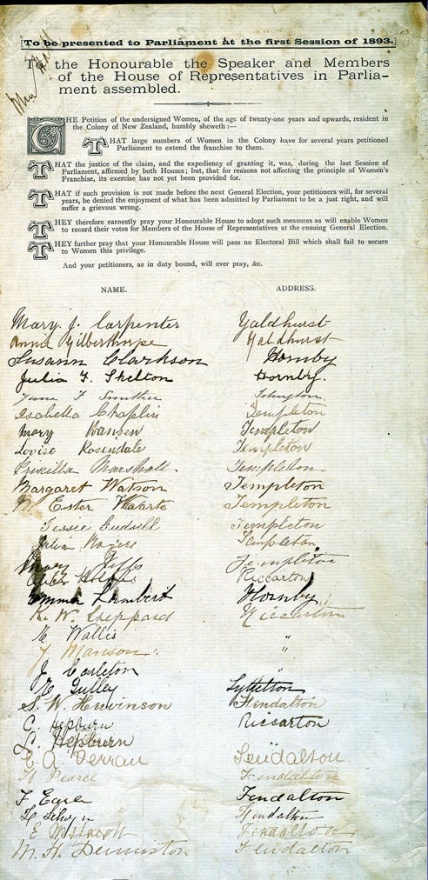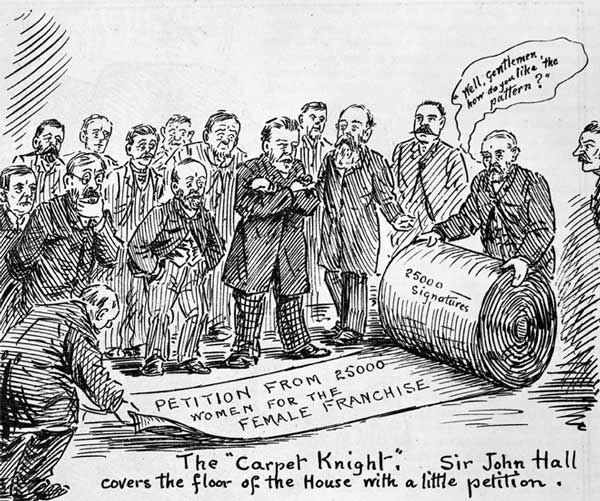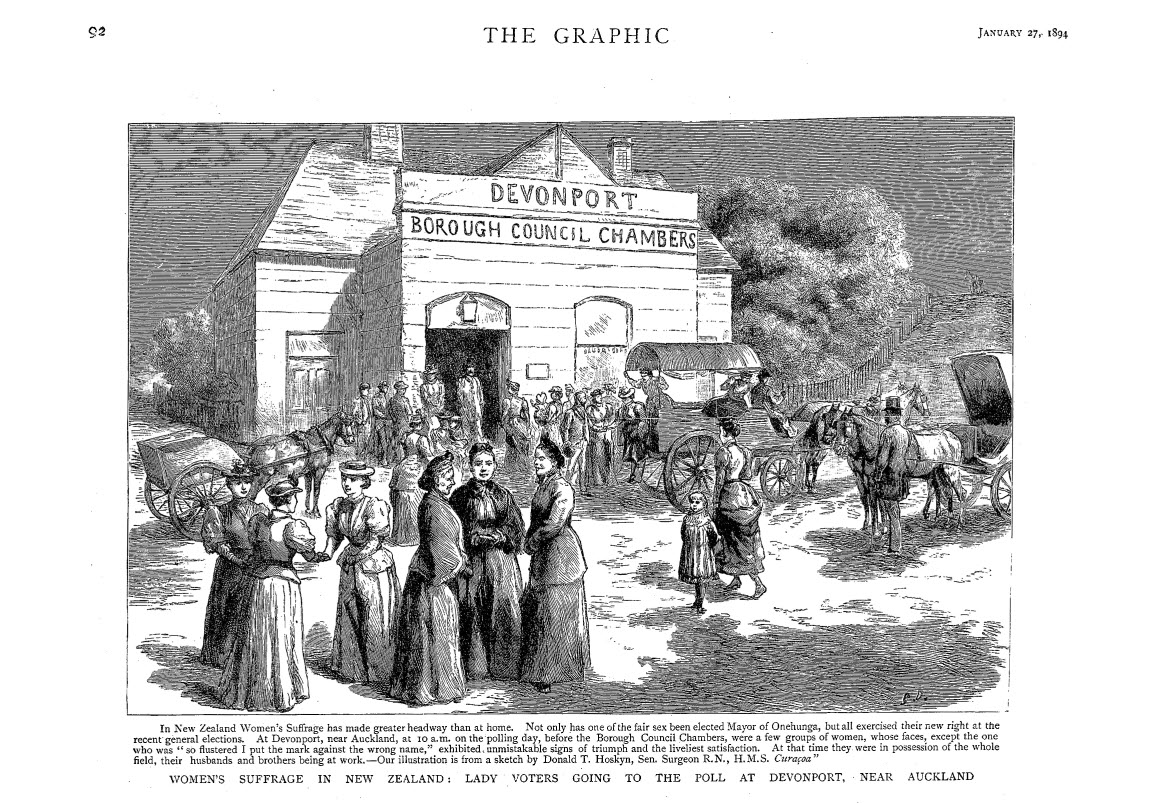Sheppard was a persuasive writer and public speaker. To spread support for suffrage, she organized protests and travelled New Zealand giving speeches. She and other members of the WCTU wrote and distributed pamphlets containing information about the suffrage movement and rebutting arguments presented by anti-suffragists. Sheppard wrote newspaper articles and started a suffrage page in The Prohibitionist, a national temperance magazine.
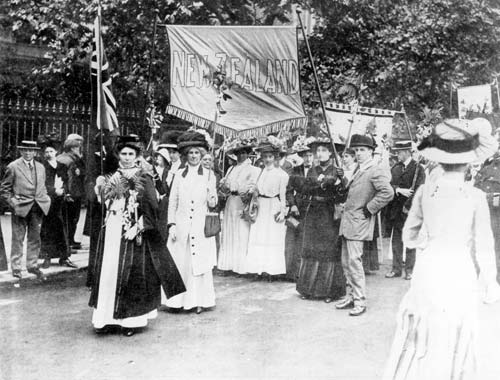
"International Activism," 1910, Te Ara Encyclopedia of New Zealand
